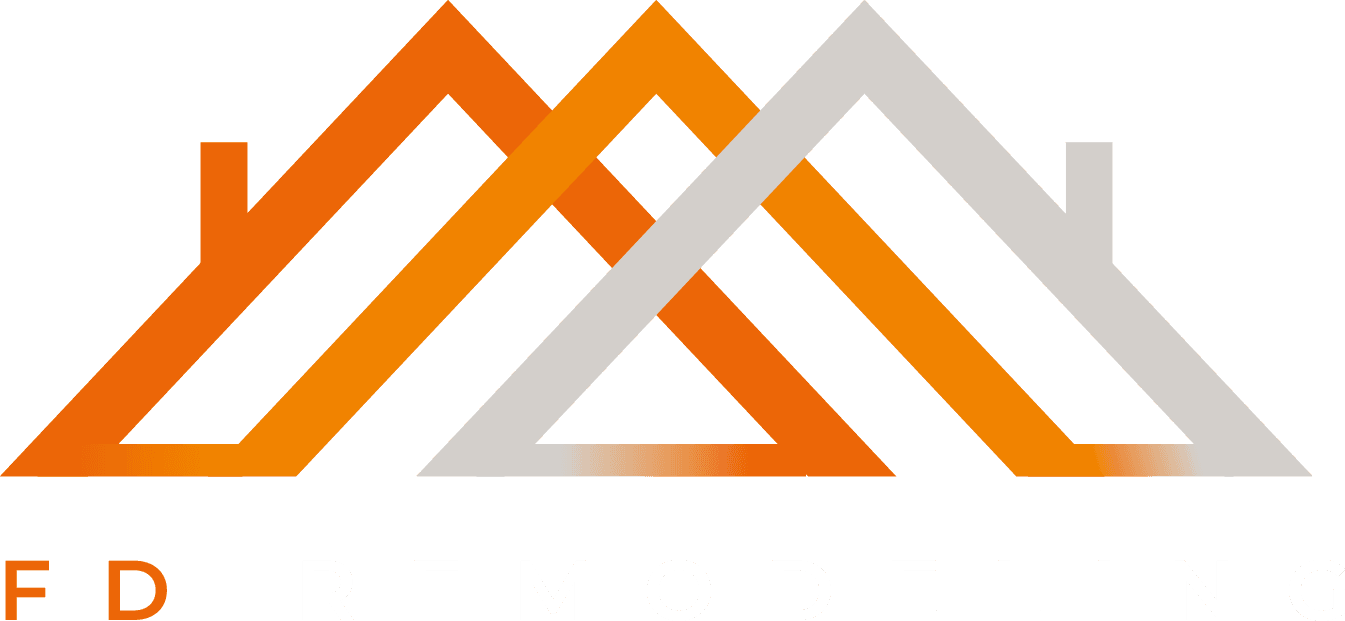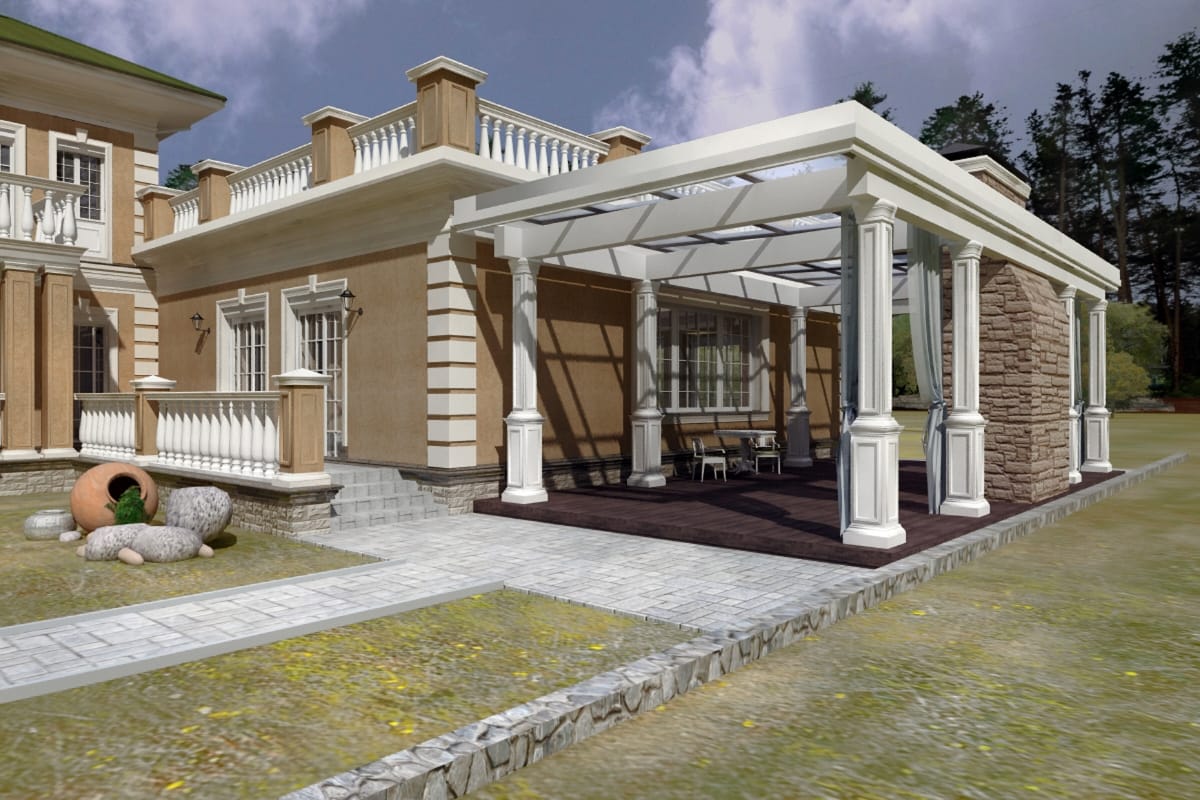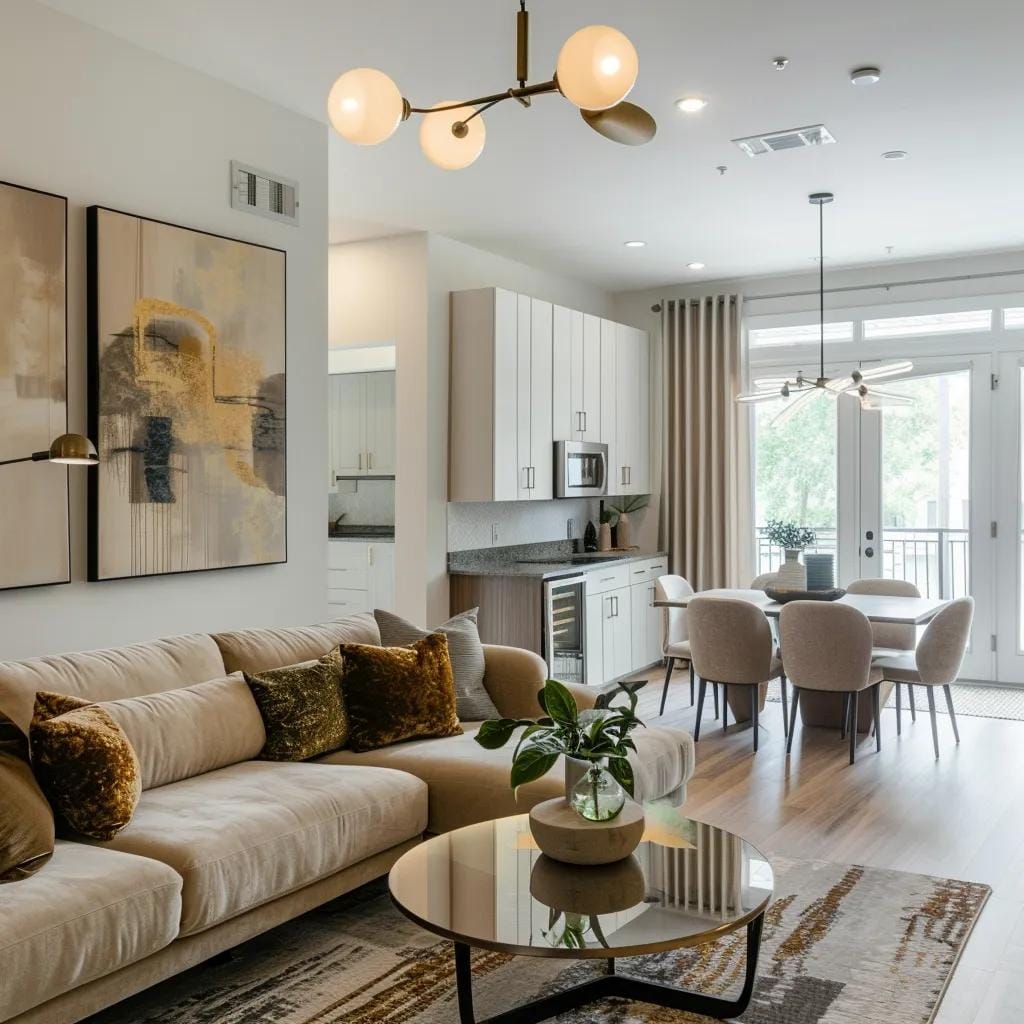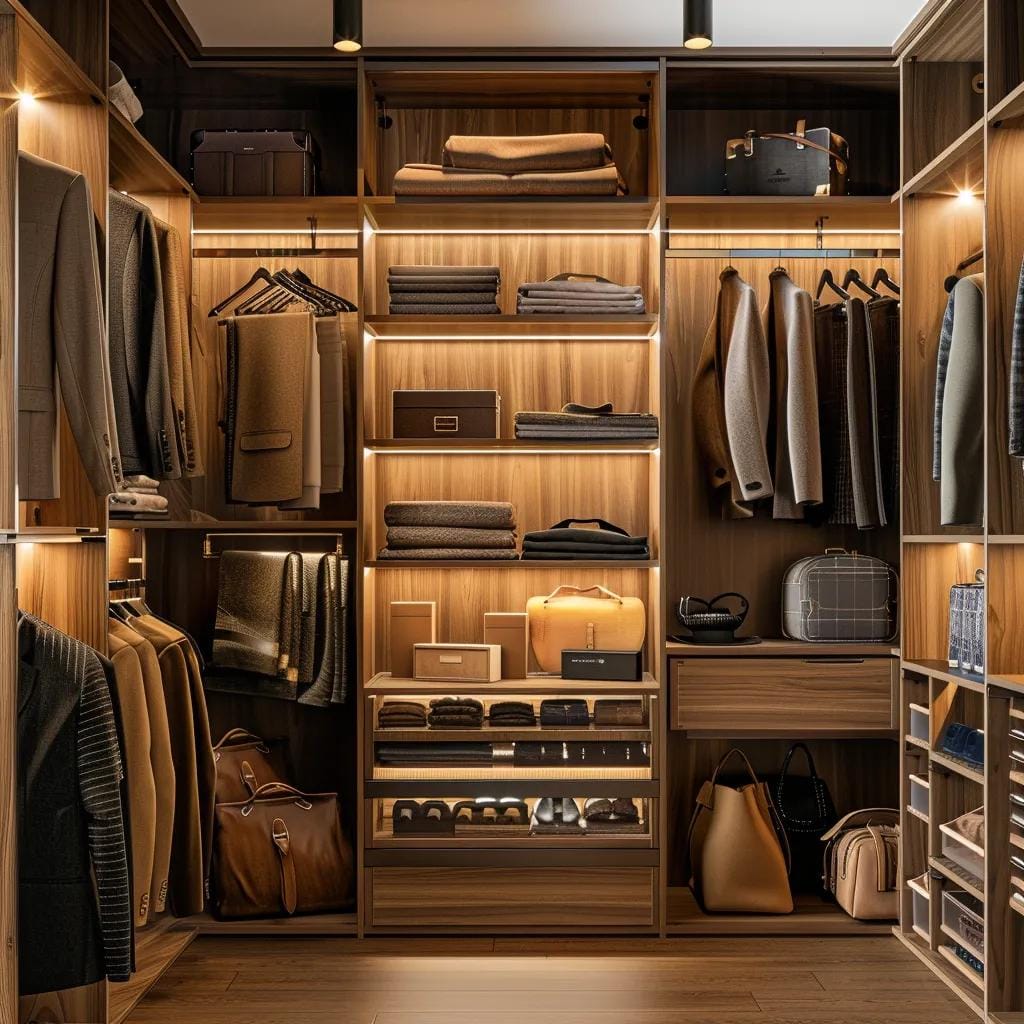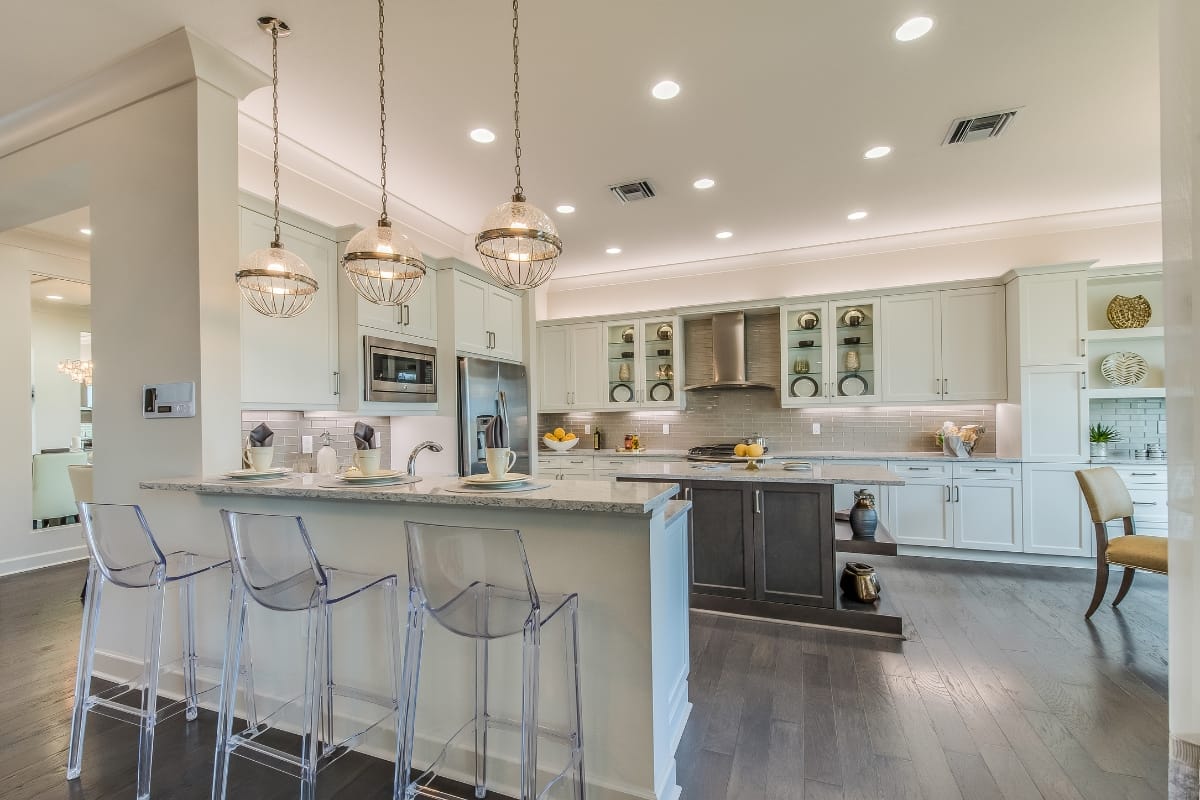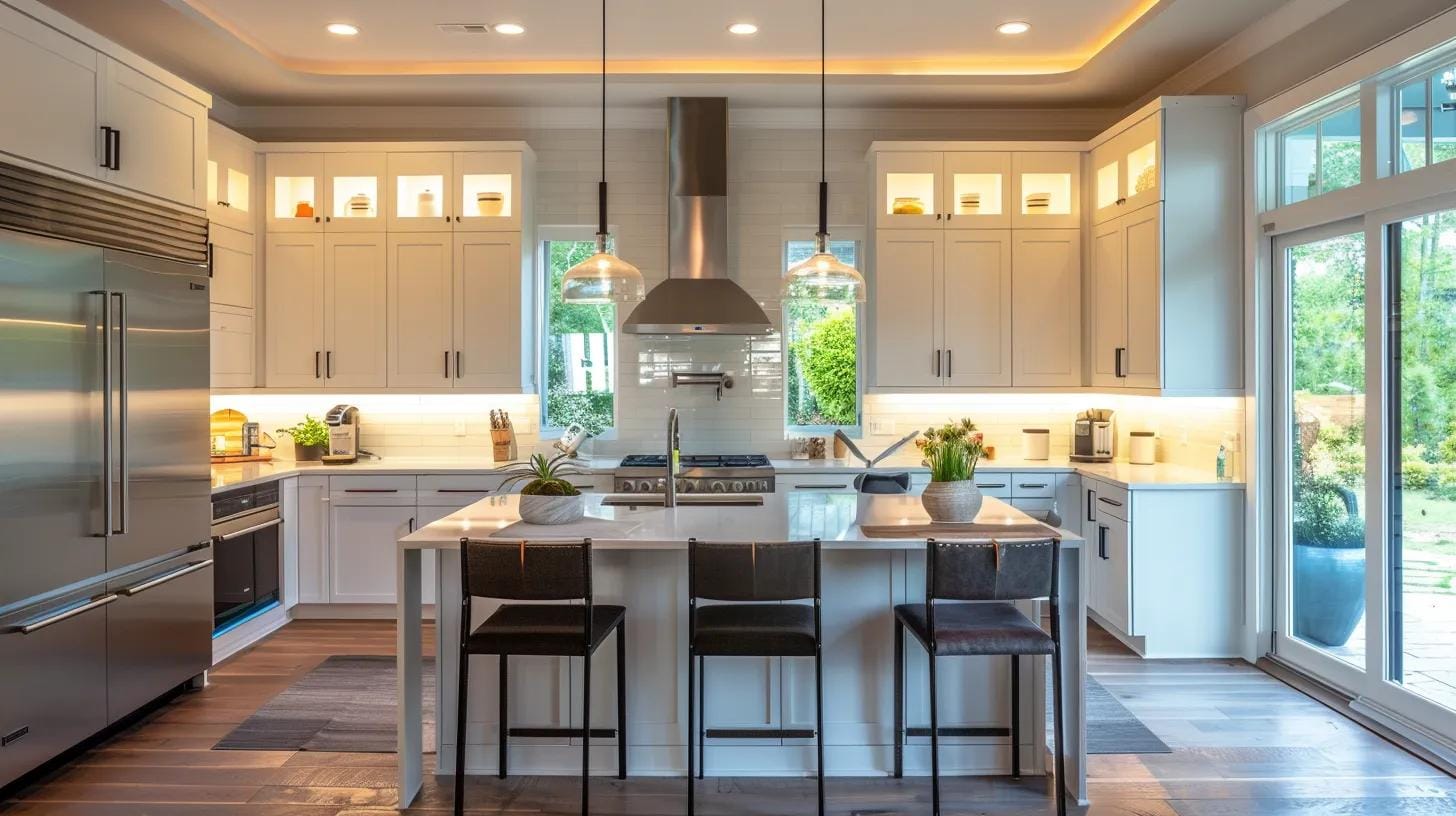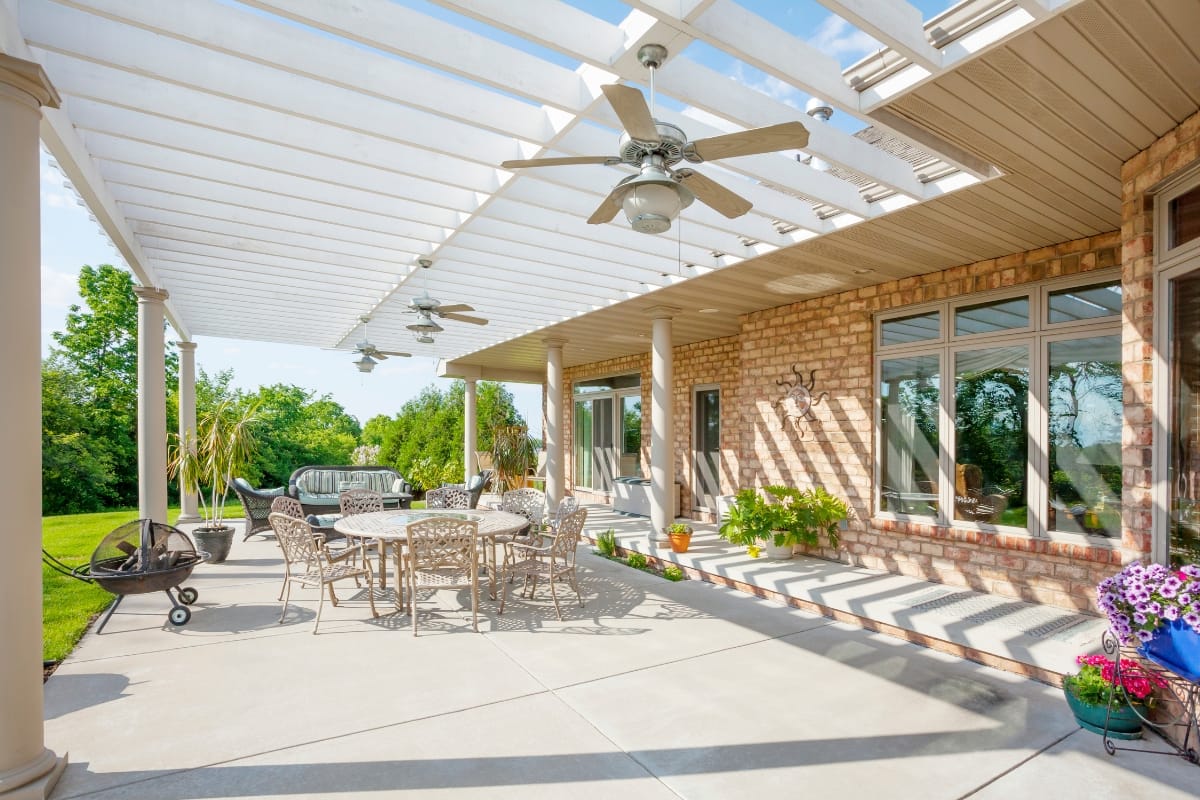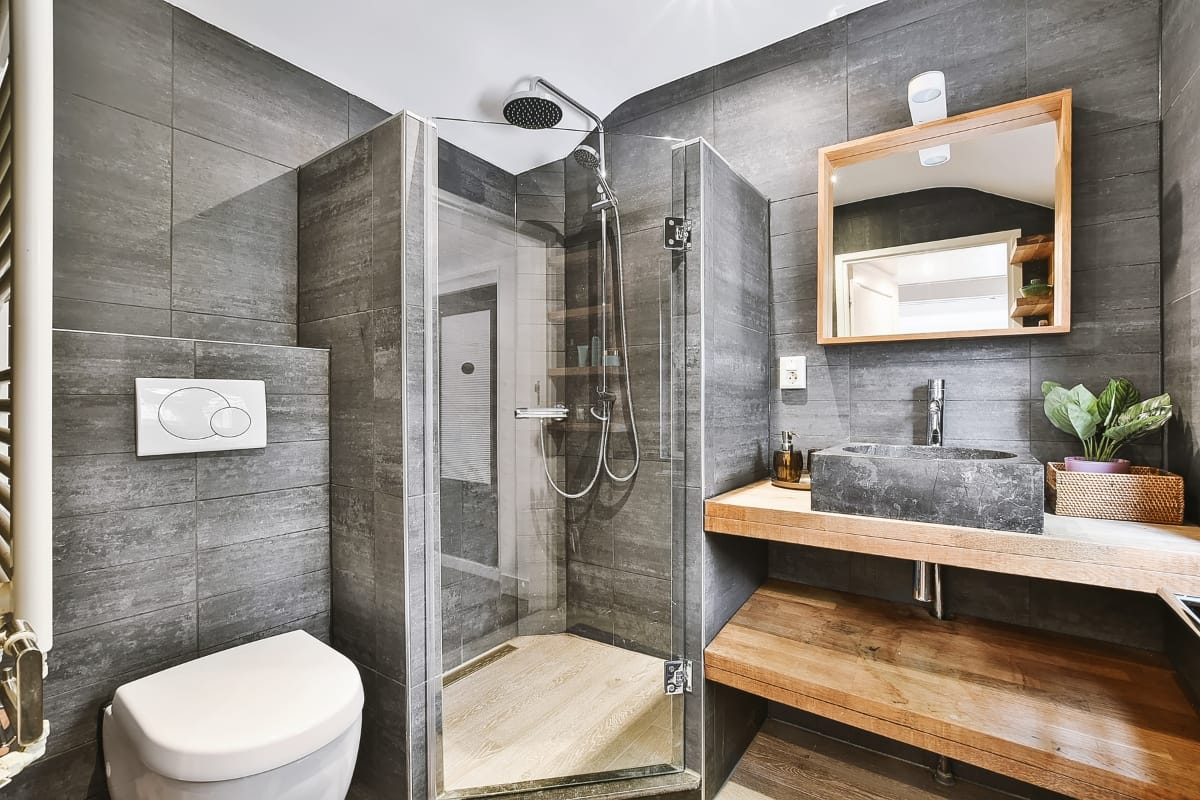As housing needs evolve, Accessory Dwelling Units (ADU’s) are emerging as a versatile and forward-thinking solution for modern living. These compact, secondary units—whether attached, detached, or converted spaces—offer flexibility and functionality, meeting the demands of multigenerational living, rental income opportunities, or guest accommodations.
ADUs are not just about maximizing property value; they represent a shift toward sustainable, efficient use of space in today’s housing market. In this guide, we’ll delve into the future of living with ADUs, exploring their design, benefits, and the ways they are redefining what home means.
Accessory Dwelling Units: A Profitable Investment for Homeowners
The Evolution of Accessory Dwelling Units
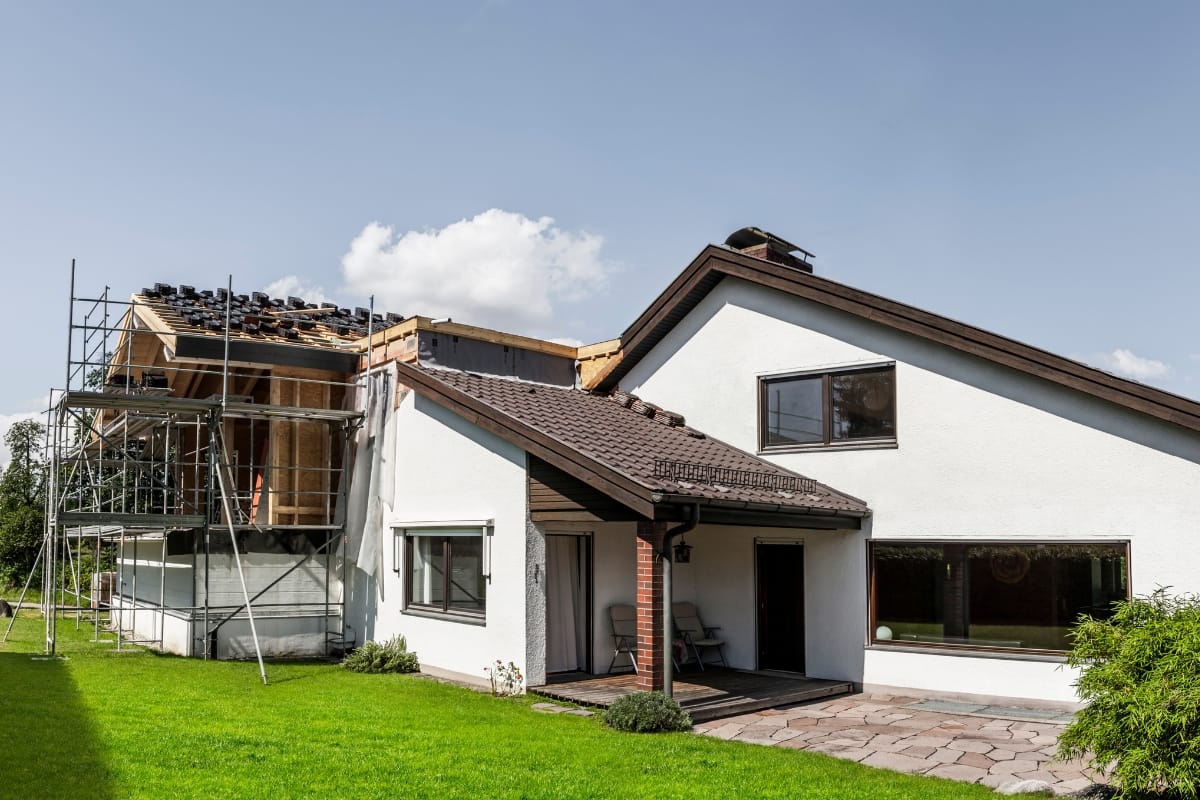
Accessory Dwelling Units (ADUs) have transformed from modest backyard structures into versatile housing solutions. Initially known as granny flats or mother-in-law suites, ADUs were traditionally built to house elderly relatives or generate rental income. However, changing urban landscapes and housing demands have expanded their purpose and design.
Today, ADUs are no longer confined to detached backyard units. They include attached spaces, over-garage apartments, and converted areas like basements or attics. This flexibility allows homeowners to maximize their property’s potential while preserving neighborhood character. Modern ADUs often incorporate sustainable features like energy-efficient materials and prefabricated ADU designs, making them faster to build and environmentally friendly.
ADUs also address contemporary housing challenges by providing affordable options for multi-generational families, young professionals, and retirees. They increase housing density without large-scale developments, making them an effective tool in tackling urban housing shortages.
Many municipalities now encourage ADU construction through updated zoning laws and streamlined permitting, recognizing their potential to revitalize neighborhoods and offer diverse housing options. As ADUs continue to evolve, they blend affordability, flexibility, and sustainability, positioning them as a key player in the future of housing.
Design Versatility: Tailoring ADUs to Your Needs
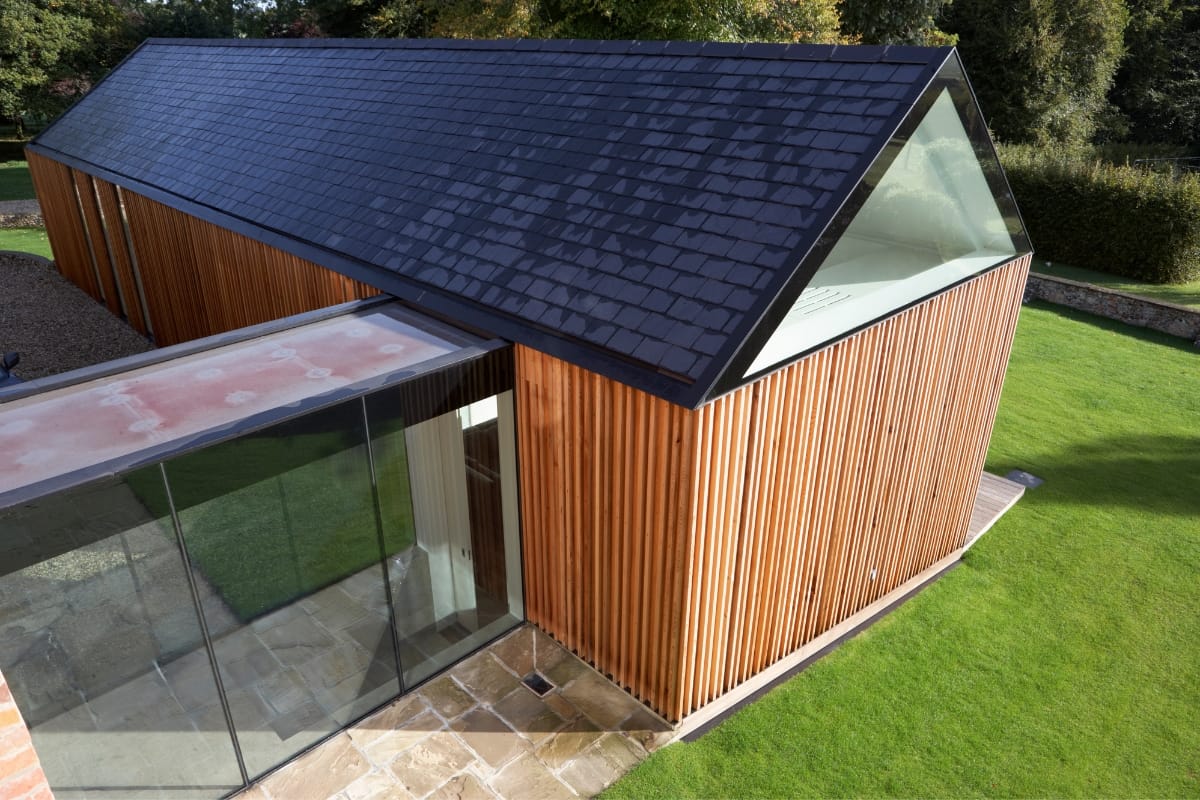
One of the most appealing aspects of Accessory Dwelling Units (ADUs) is their remarkable design versatility. Whether you envision a compact studio, a spacious two-bedroom unit, or even a multi-level retreat, ADUs can be customized to align perfectly with your lifestyle, property layout, and unique needs.
Modern advancements in architectural design and construction have unlocked limitless possibilities for creating ADUs that are both stylish and functional. Homeowners can now opt for open-concept floor plans to maximize natural light and airflow, ensuring the space feels inviting and expansive despite its smaller footprint. For those prioritizing storage, innovative solutions such as built-in shelving, under-stair storage, and multifunctional furniture make efficient use of every square foot.
Additionally, ADUs can be tailored to blend seamlessly with the main home’s aesthetic, ensuring a cohesive look that enhances overall property value. Materials, finishes, and design details can be chosen to reflect personal taste, whether it’s a modern minimalist aesthetic, a rustic farmhouse vibe, or a sleek industrial style.
For environmentally conscious homeowners, sustainable design features such as solar panels, energy-efficient windows, and water-saving fixtures can be incorporated to reduce the unit’s ecological impact. Accessibility features like widened doorways, single-level layouts, and walk-in showers can also be added, making ADUs a practical solution for aging-in-place or accommodating individuals with mobility challenges.
The ability to tailor every detail of an ADU ensures it meets both current needs and future expectations. Whether used as a guest house, rental property, or multi-generational living space, a well-designed ADU enhances functionality, comfort, and long-term value. This adaptability is what makes ADUs an increasingly popular choice in modern housing solutions.
ADUs as Affordable Housing Solutions

In cities grappling with housing affordability challenges, Accessory Dwelling Units (ADUs) present a practical and versatile solution. These smaller, self-contained living spaces offer a way to address housing shortages while providing financial relief to homeowners and renters alike.
By serving as an additional source of rental income, ADUs can help offset mortgage costs, making homeownership more accessible and sustainable for many. Alternatively, they can provide affordable housing options for family members, such as aging parents, young adults, or extended relatives, fostering multi-generational living without the need for separate properties.
One of the key advantages of ADUs is their cost-effectiveness compared to constructing a traditional home or purchasing a new property. With the primary home’s land and utility connections already established, the expenses associated with building an ADU are significantly reduced. This means homeowners can create valuable additional living space without incurring the high costs of land acquisition or standalone utility setups.
ADUs are also appealing to renters, offering lower-cost housing options in cities where rents for standard apartments can be prohibitively expensive. The compact size of ADUs often translates to lower rental prices, making them attractive to young professionals, retirees, or individuals seeking budget-friendly alternatives in high-demand neighborhoods. For cities, encouraging ADU development can diversify housing stock, improve density in existing residential areas, and reduce urban sprawl.
Additionally, some municipalities offer financial incentives or streamlined permitting processes to promote ADU construction, further enhancing their viability as an affordable housing strategy. Combined with energy-efficient designs and sustainable construction practices, ADUs not only address economic concerns but also align with environmental goals.
Regulatory Landscape: Navigating the Legalities of Building an ADU

When it comes to building an Accessory Dwelling Unit (ADU), understanding the regulatory landscape is crucial. Navigating the legalities of constructing an ADU involves compliance with local zoning laws, building codes, and other regulations. These factors directly impact the feasibility and success of your ADU project.
Zoning laws play a significant role in determining whether you can build an ADU on your property. Some areas have specific regulations regarding the size, location, and usage of ADUs. Before starting your project, it’s essential to research and understand the zoning laws in your area to ensure that your ADU complies with all requirements.
Building codes are another critical aspect to consider when constructing an ADU. These codes dictate the structural integrity, safety features, and overall quality of the ADU. Compliance with building codes is essential to ensure that your ADU is safe and habitable for occupants.
In addition to zoning laws and building codes, other regulations may also apply to ADU construction. These regulations can include permits, environmental considerations, and utility connections. It’s important to be aware of all the legal requirements and obtain the necessary approvals before starting the construction of your ADU.
Navigating the legalities of building an ADU may seem daunting, but with proper research and planning, you can successfully navigate the regulatory landscape. By understanding and complying with the relevant laws and regulations, you can ensure that your ADU project is completed smoothly and in accordance with all legal requirements.
Maximizing Space Efficiency: Interior Layout and Utilization
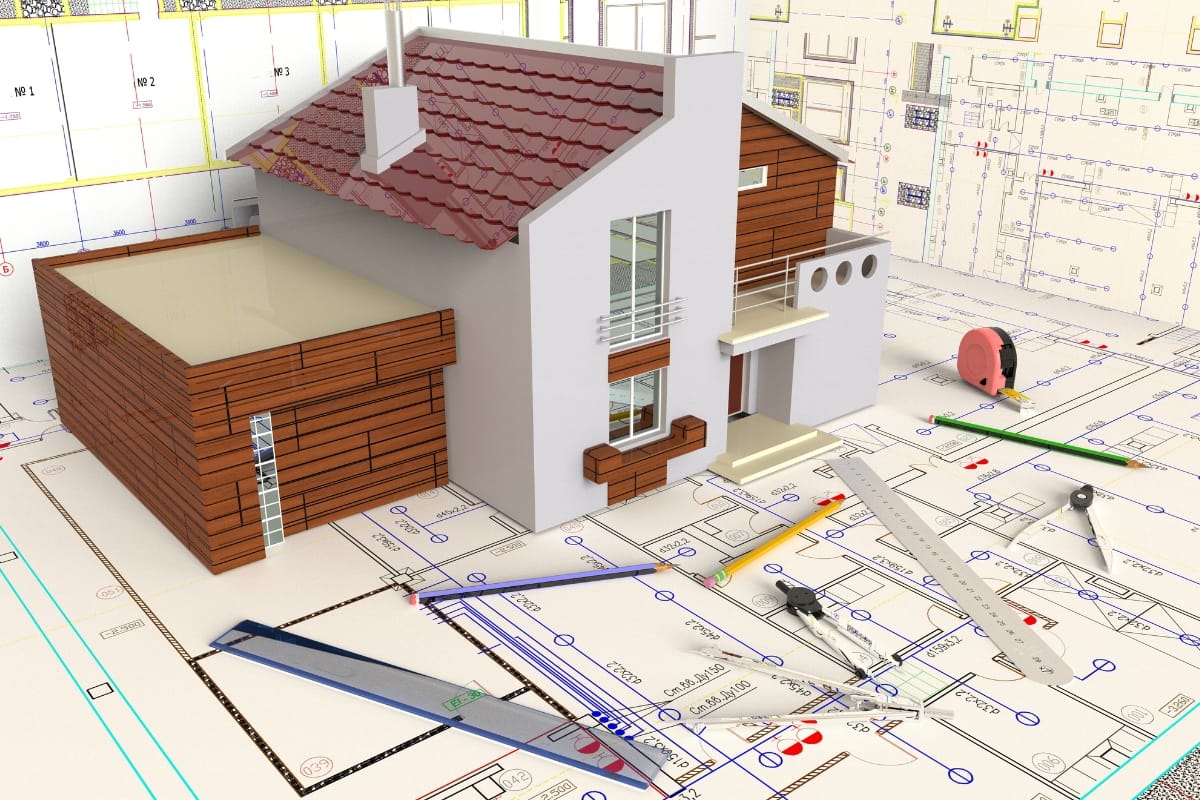
When it comes to maximizing space efficiency in interior layout and utilization, one innovative solution worth exploring is the Accessory Dwelling Unit (ADU). These secondary housing units offer a versatile way to optimize living spaces while adding value to properties.
ADUs are gaining popularity as a forward-thinking approach to living spaces. By incorporating these units into existing properties, homeowners can unlock a world of possibilities in terms of functionality and design. Whether it’s for accommodating guests, creating a rental opportunity, or even serving as a home office, the flexibility of ADUs makes them a valuable asset for modern living.
In terms of interior layout, ADUs can be customized to suit specific needs and preferences. From open-plan designs that maximize natural light and airflow to clever storage solutions that make the most of limited space, ADUs offer a blank canvas for creativity. Compact yet functional kitchens, cozy sleeping areas, and multi-functional living spaces are just a few examples of how ADUs can be tailored to meet individual requirements.
Utilization of space within an ADU is key to its success. Smart furniture choices, such as multi-purpose pieces that serve dual functions, can help make the most of limited square footage. Additionally, thoughtful design elements like built-in storage, modular layouts, and space-saving fixtures can further enhance the efficiency of an ADU.
Financial Benefits of Incorporating an ADU

When it comes to the financial aspect, there are numerous advantages to incorporating an Accessory Dwelling Unit (ADU) into your property. From increased property value to additional rental income, ADUs can be a smart financial investment.
- Future Flexibility: ADUs offer future flexibility in terms of living arrangements. Whether you need additional space for family members, want a home office or studio, or are planning for retirement, having an ADU on your property provides versatile living options without the need for major renovations or property purchases. In conclusion, the financial benefits of incorporating an ADU extend beyond immediate returns, offering long-term value, income potential, and flexibility in your housing situation.
- Increased Property Value: One of the key financial benefits of adding an ADU to your property is the increase in its overall value. By expanding the living space and adding a separate unit, you automatically raise the market value of your property. This can be particularly advantageous if you plan to sell your property in the future, as ADUs are highly desirable to potential buyers.
- Rental Income: Another significant financial benefit of incorporating an ADU is the potential for rental income. Whether you choose to rent out the ADU to long-term tenants or list it on platforms like Airbnb for short-term rentals, the additional unit can provide a steady source of income. This extra income stream can help offset mortgage payments, property taxes, and maintenance costs, ultimately improving your financial situation.
- Cost-Effective Living: For homeowners looking to downsize or offset housing costs, living in the ADU while renting out the main house can be a cost-effective solution. This arrangement allows you to generate rental income from your primary residence while enjoying the convenience of a smaller, more manageable living space.
- Tax Benefits: In some cases, incorporating an ADU can also result in tax benefits. Depending on your location and specific circumstances, you may be eligible for tax deductions or incentives related to property improvements, rental income, or housing affordability initiatives. Consulting with a tax professional can help you maximize these potential benefits.
ADUs and Neighborhood Dynamics: Community Impact

The rise of Accessory Dwelling Units (ADUs) has generated important conversations about how they affect neighborhood dynamics. While concerns exist about the potential strain on infrastructure, parking availability, or the alteration of a neighborhood’s established character, there are compelling arguments that highlight the positive contributions ADUs can make to communities.
Critics often worry that the increased density of ADUs could overwhelm utilities, traffic systems, and public services. For instance, additional occupants may put pressure on local water systems, schools, or waste management infrastructure, especially in neighborhoods not originally designed for higher density. Addressing these concerns requires thoughtful planning and collaboration between homeowners, local governments, and urban planners to ensure that infrastructure evolves alongside housing needs.
On the other hand, ADUs offer substantial community benefits that often outweigh these challenges. One significant advantage is their ability to promote intergenerational living. ADUs provide an opportunity for families to accommodate aging parents, young adults, or extended relatives in close proximity while preserving privacy and independence. This fosters stronger family bonds and a sense of community support, which can be particularly valuable in times of need.
Additionally, ADUs can enhance neighborhood diversity by offering affordable housing options for a wide range of tenants, from young professionals to retirees. These units attract individuals who might otherwise be priced out of the area, creating a more inclusive and vibrant community. With proper design, ADUs can blend seamlessly into the existing architectural fabric, preserving the visual appeal and character of the neighborhood.
Furthermore, the presence of ADUs can strengthen the local economy. Residents of these units contribute to the vitality of neighborhood businesses, schools, and cultural institutions. In areas with declining populations, ADUs can help stabilize communities by introducing new residents without the need for large-scale development.
Embracing the Future: The Growing Popularity and Potential of ADUs
The future looks bright for Accessory Dwelling Units. As cities continue to grapple with housing shortages and affordability challenges, ADUs offer a practical solution that maximizes space efficiency while promoting sustainable living.
Transform your property with the innovative and versatile addition of an accessory dwelling unit. Whether you’re looking to enhance your living space, create rental income, or accommodate family, the possibilities are endless with the right design and construction team.
Trust FD Remodeling Company to bring your vision to life with expert residential remodeling services. Call us today at 404-857-5582 or visit our website and get a free estimate for your next project. Let’s build something extraordinary together!
